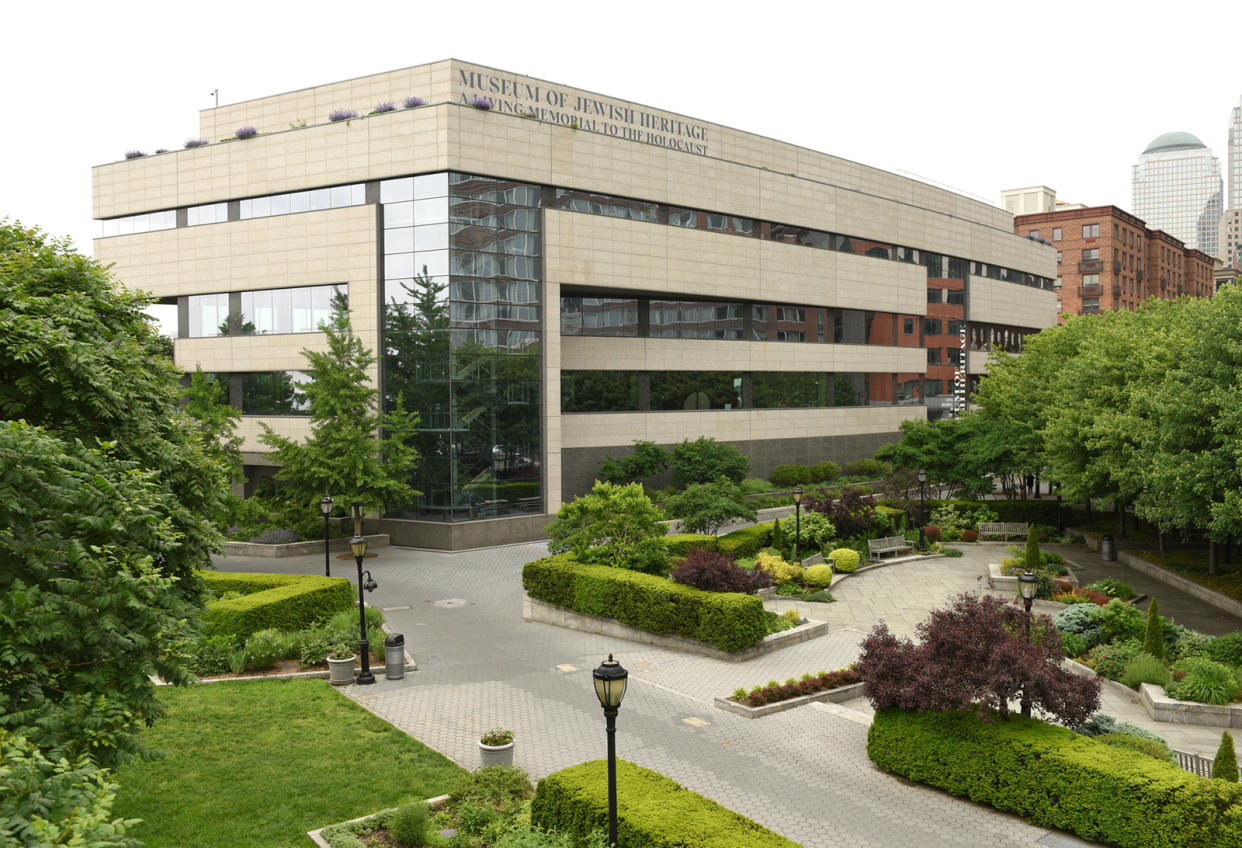With antisemitism surging in NYC, 8th graders to learn more about Holocaust

All eighth-graders in New York City public schools will have the opportunity to learn about the Holocaust through field trips to the Museum of Jewish Heritage in lower Manhattan, as city officials grapple with growing antisemitism during the Israel-Hamas war, they announced Thursday.
The program was spearheaded by Councilwoman Julie Menin, D-Manhattan, who, as the daughter of a Holocaust survivor, approached the museum with a vision of a universal field trip program after a rash of antisemitic incidents.
The local Education Department has received 281 reports of religious bias this school year, including 42% logged as anti-Jewish hate.
“You simply cannot learn about the Holocaust from a textbook — it is not possible,” Menin said at a press conference. “You need to viscerally see and hear the stories and materials that are on display in this exhibition.”
The museum visits, which are optional for schools, are part of a $2.5 million private-public partnership that will start this fall and run for the next three years. It’s expected to reach at least 85,000 students in district and charter schools.
“This institution is committed to fighting antisemitism and hate by providing good information when there is out there so much bad information,” said Jack Kliger, president of the Museum of Jewish Heritage.
The funding includes $1 million from the foundation of Jon Gray, president of the investment firm Blackstone.
“While we’re saddened by the urgent need for this program, given the rising tide of hate and antisemitism,” said Gray, “we’re optimistic about the impact it will have on countless students across the city.”
Guides will lead students through the main part of the museum on the rise of antisemitism before and throughout the Holocaust and another exhibition on the rescue of Danish Jews during the Nazi campaign, according to a news release. The staff can facilitate discussions and provide teachers with pre- and posttour resources to use in the classroom.
The museum is also expected to use the funding to hire additional education staff and proactively reach out to schools to schedule visits.
“We’re doing our best to meet this moment,” said Schools Chancellor David Banks. “It is not easy. I do not have all the answers. But I know together — if we work together in a spirit of collaboration — we will get there.”
_____


